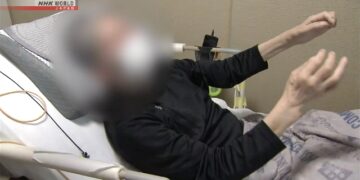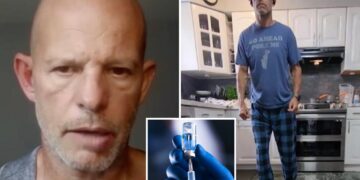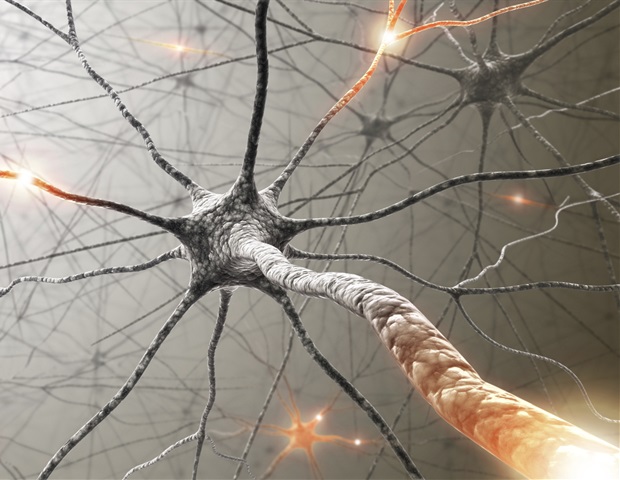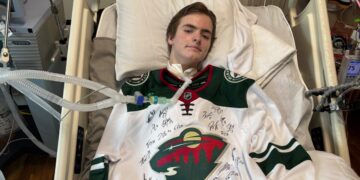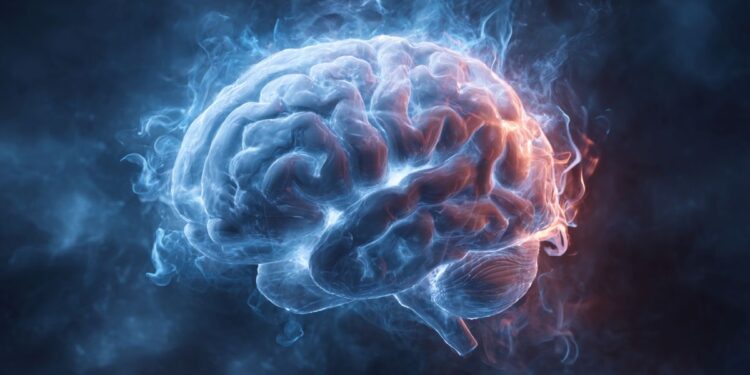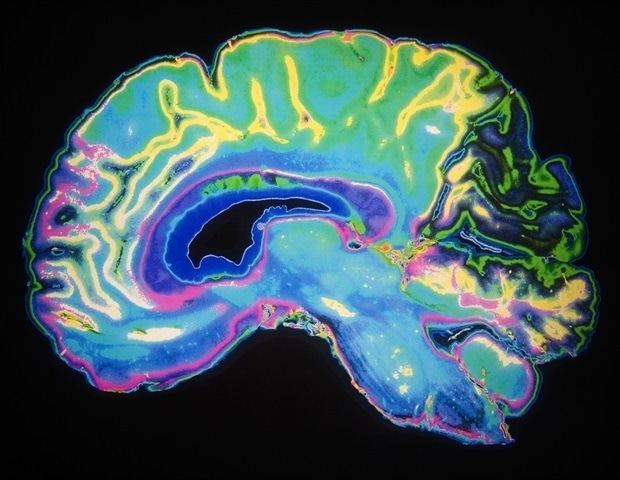Summary: Scientists have discovered a way to induce a hibernation-like state that protects the brain after injury, without using external cooling. By activating a specific population of neurons, the researchers created a reversible drop in body temperature that preserved neuronal health and improved motor recovery in mice.
Brain imaging revealed reduced inflammation and increased survival of neurons in the damaged regions. This advance may one day offer a safer, more controlled method for harnessing the neuroprotective effects of hypothermia in the treatment of traumatic brain injuries.
Key facts:
Internal hypothermia: Activation of certain neurons triggered a reversible hibernation-like state that reduced body temperature. Neuroprotection: Mice treated in this way showed better motor performance and neuron survival after brain injury. Reduced inflammation: Brain imaging revealed less neuroinflammation in the injured tissue compared to controls.
Source: SfN
Hypothermia can preserve the health of neurons after brain injury, but the complications of external cooling make it less therapeutically promising.
Recent evidence suggests that activation of a specific neuronal population triggers a reversible, hibernation-like hypothermic state without external cooling, but does this form of hypothermia still preserve neuronal health?
In a new paper in the Journal of Neuroscience, researchers led by Takeshi Sakurai of the University of Tsukuba explored this question using male mice.
The researchers found that triggering this specific hypothermic state in mice improved motor performance after brain injury. Imaging methods showed that the neurons also had improved survival in the injured brain area, accompanied by fewer signs of neuroinflammation.
The researchers also identified cellular characteristics consistent with the idea that this form of hypothermia can preserve neuronal health.
While this work is preclinical, the authors suggest that it reveals a potential way to avoid the complications of external cooling when hypothermia is used as a treatment for traumatic brain injury.
Speaking about future experimental plans, Sakurai says: “Optimizing the timing and duration of this treatment after injury, testing in additional injury models, and evaluating safety and efficacy in larger animals will be important next steps.”
Key questions answered:
A: Hypothermia therapy reduces body temperature to slow cellular damage and inflammation after injury, preserving the health of neurons.
A: Instead of using external cooling, the researchers triggered a natural neuron-driven hypothermic state similar to hibernation.
A: It could help develop safer and more precise hypothermia-based therapies without complications related to external cooling.
About this neurology research news
Author: SfN Media
Source: SfN
Contact: SfN Media – SfN
Image: Image is credited to Neuroscience News.
Original Research: Closed access.
“Q neuron-induced hypothermia promotes functional recovery and suppresses neuroinflammation after brain injury” by Takeshi Sakurai et al. Neuroscience Magazine
Abstract
Q Neuron-induced hypothermia promotes functional recovery and suppresses neuroinflammation after brain injury
Traumatic brain injury (TBI) triggers a cascade of secondary pathologies, such as neuroinflammation and glial activation, that contribute to progressive neuronal loss and hinder functional recovery.
Although therapeutic hypothermia has demonstrated neuroprotective potential, its clinical application is limited by systemic complications.
Recent discoveries have identified hypothalamic Q neurons, whose activation induces a reversible hibernation-like hypothermic state, termed Q neuron-induced hypothermic/hypometabolic (QIH) states, without the need for external cooling.
However, it is still unknown whether QIH can mitigate brain injury.
In this study, we examined the therapeutic effects of QIH after acute brain injury in male mice. Using a striatal dorsal stab injury model, we found that QIH-treated mice showed significantly improved motor performance and grip strength compared to controls.
Histological analyzes revealed increased neuronal survival in the perilesional striatum, accompanied by markedly reduced astrocytic gliosis and microglial accumulation at the injury site.
To investigate the mechanisms underlying these improvements, we employed a medial prefrontal cortex lesion model and observed that QIH strongly suppressed astrocytic and microglial activation, as indicated by reduced GFAP and Iba1 expression.
Furthermore, QIH decreased the number of CD16/32- and CD68-positive microglia and downregulated iNOS expression, suggesting that QIH dampens both oxidative and phagocytic inflammatory responses.
Morphometric analysis further revealed a shift toward branched and rod-shaped microglia; phenotypes associated with neuroprotection. Our findings demonstrate that QIH ameliorates early neuroinflammation, preserves neuronal integrity, and promotes functional recovery after brain injury.
These results highlight QIH as a novel, physiologically informed neuroprotective strategy that may overcome the limitations of conventional hypothermia-based interventions.


